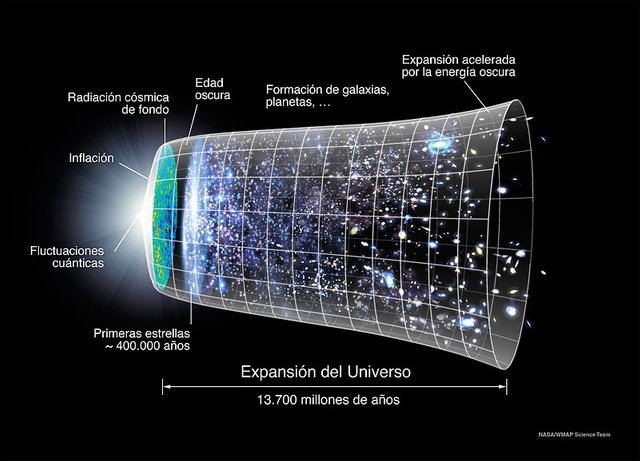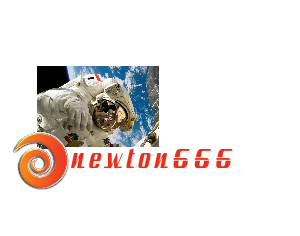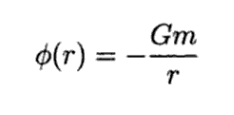The astronomy and the collision of the mathematical models
Of such a way I established the following philosophical comparison, on this subject-matter with different authors:
Carl Freidrich Gauss (1777-1855), German mathematician is met as the prince of the mathematics, considered as one of bigger mathematics of all the times, he was the creator of one of the system more used at present, for the system solution of linear equations. During his life, Gauss incursionó in many areas of the mathematics, the physics and the astronomy. Spiral 9 For William Fernando Road García page 103. | Galilean not only it established by means of the mathematics possible age to describe the laws of the world, but, that also I affirm that the first beginning, those from which it was necessary to depart then to deduce the laws mathematically, it must be established across the experience and the experimentation. If it is understood well, this methodology that affirms the mathematical experience and the quantification in the description of the external reality, it was possessing a revolutionary force even deeper than any revolution in the cosmology. History And Philosophy of The Mathematics for Ángel Ruiz Zúñiga page 255. |
all these contributions Are valuable, to understand more the universe and the way as the astronomy tackles it, also we can add that widespread law mentioned in the scheme of Discardings, where his experiences are used with the sloping plane, in order to modify the acceleration with which it falls down the serious one, next let's see from the point of view the theory of 'Big Bang'. On the other hand it is important to research, to learn more on knowledge of this height.

Enlightenment of the theory of 'Big Bang' or the first big explosion and to the schematic evolution of the universe since then, source of image of mastery of Wikimedia Commons, Date back: 13 September 2015, Source File:Evolución Universe WMAP.jpg, File:CMB Timeline300 not WMAP.jpg, Original version: BREAD BIN, Author: BREAD BIN, Ryan Kaldari, adaptation to Spanish: Luis Fernández García, wiping WMAP: Basquetteur
For this case partners the mathematical collision goes to be defined in including studying the evolution of the universe, according to the magnitude of the time and I spread, since the gravity acts of different affecting the thickness of the matter, it is already expresses energy. Thinking this one that many of these phenomena, it experiences minor radiations of the speed of the light, we can establish the following thing take a sphere of a star which has a radio R, at the same time it has a constant thickness r, where his mass moves itself in space time in the same gravity m.
As it is considered to be a constant thickness we have the following thing: E = 1/2 m v2 - 4/3 p G m r R2
With this mathematical collision, it was a question of explaining under the concept relativista, in how it is possible to be a question of dogmatizing that the entire energy of the Galaxy. This is a small contribution, since theory exists more on the topic.
The theorem of Birkoff
Therefore, since the potential gravitational newtoniano in the exterior of a spherical distribution of mass m is given for:
And the component for the metrics of Schwarzschild is:
Then:
This way, the metrics of Schwarzschild is given for:
The method used to calculate the constant of integration K2, even if he drives to the correct result, it leaves the open question of the physical interpretation of the mass as source of the field, across tensile momentum-energy. For this end it is necessary to develop the gravitational field. Notes of class. Beginning of general relativity for Juan Manuel Tejeiro Sarmiento, pages 133, 134.
It is important to say, that the mathematical collision has great application in our life, in case of our subject-matter of the astronomy, which talks each other in the possible biggest thing, it is that the studies are dynamic on the universe as quite and his evolution in the time and the space, hoping that something new should happen in him.
Bibliographical secondhand Consultation
Spiral 9 - Page vii William Fernando Road García.
History And Philosophy of The Mathematics - Page 255 for Ángel Ruiz Zúñiga - 2003.
Notes of class. Beginning of general relativity
For Juan Manuel Tejeiro Sarmiento Page 133,134, 2005.




